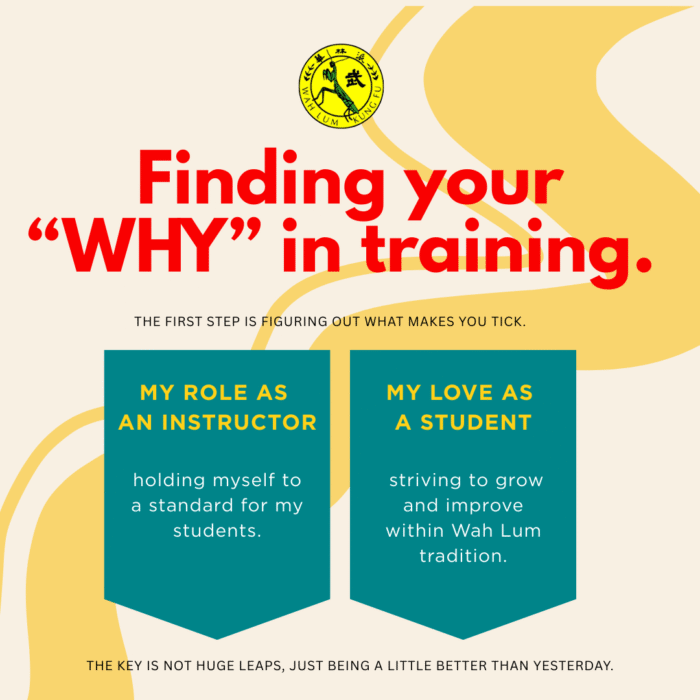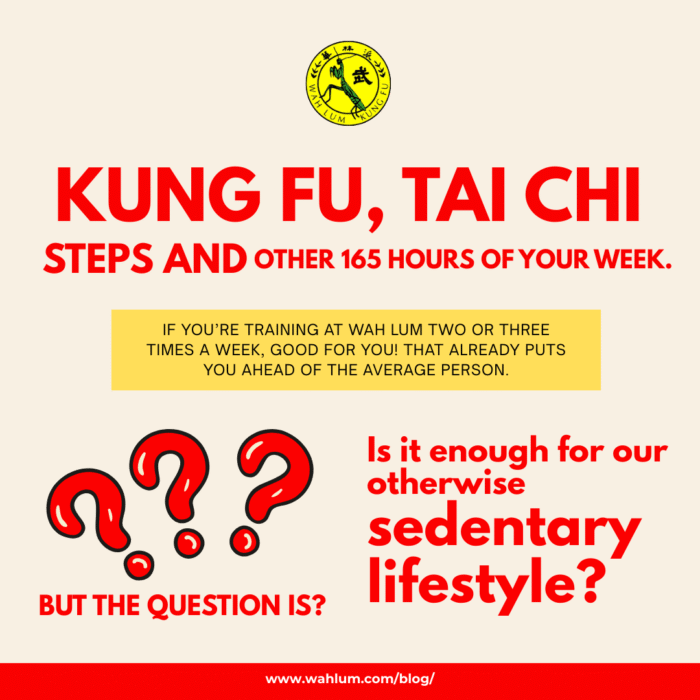Hey there,
A long time ago, people walked and even ran without shoes—up hills, down rocky canyons, and across the grasslands, all barefoot. Then came sandals, running shoes, and, at some point, even Kinky Boots.
(I saw the musical and enjoyed it, but I digress.)
Just like everything else these days, we have endless options for our feet. This post isn’t about fashion, but I’ve been told that the incredible discomfort of wearing a certain shoe with a red bottom is totally worth it.
But when it comes to movement—whether in Kung Fu, Tai Chi, or strength training—your feet need more than just style.
Why Try Going Barefoot?
Your body is a superstructure, and your feet are its built-in foundation. They’re designed to be strong, mobile, and capable. When we put them in stiff, cushioned shoes, it’s like taking color out of our vision—life (and movement) becomes a little less vibrant.
Two key reasons I go barefoot or wear minimalist (my Wah Lum) shoes when training:
-
Better Proprioception
Proprioception is your brain’s ability to sense where your body is in space. The more feedback your feet receive from the ground, the better your body moves. Shoes that squish your toes reduce this feedback, leading to weaker stabilizers and poor coordination.
That said, the shoes we use for Kung Fu and Tai Chi do bring the toes closer together than ideal, but after over 20 years of training at Wah Lum, I feel it’s well worth it. When making dynamic movements or quick directional changes, I’ve found that a thin sole and a snug fit provide security in my stances.
Plus, since I only wear them for an hour at a time, my feet still get plenty of time to splay and move naturally.
At Wah Lum, we also place great importance on looking uniform in class. Yes, each student is unique and special, but what truly makes us unique is that we’re all training together, in the same uniform, practicing the same martial art.
That shared discipline and tradition set us apart.
-
Improved Strength and Mobility
If you don’t need to protect your feet from the cold or sharp objects, try going barefoot. Start by walking around the house when you get home and maybe even introducing toe separators for short periods. As you get stronger, you’ll be able to go for longer periods of time.
Barefoot walking also helps improve big toe dorsiflexion (flexing the big toe upward), which impacts movement throughout the body. Most shoes don’t allow for this unless they have a wide toe box and zero drop (no heel elevation).
Shoes and Training
Stiff, thick-soled, highly cushioned shoes limit foot mobility and proprioceptive input, essentially putting your feet in casts. They disconnect you from the ground, which is the opposite of what you want when strength training.
In martial arts, this connection—often called “rooting”—is fundamental. It’s just as important for lifting.
The Problem with Raised Heels
Most athletic shoes have built-in heels that shift your center of gravity forward. This:
- Deactivates the backside of the body (posterior chain)
- Overloads the quads
- Reduces core activation
- Increases stress on the lower back
All of this forces improper body mechanics and increases injury risk. Proper mechanics not only help generate more force (hello, strength gains!) but also protect your joints and connective tissues.
The Best Shoe for Strength and Martial Arts Training
If you’ve been wearing thick, cushioned shoes for years, don’t jump straight into barefoot training. Instead:
- Transition to shoes with a slightly lower heel.
- Gradually move to a thin, flexible sole that bends at the arch.
- Consider your range of motion, joint strength, and stability before going fully barefoot.
Think about it this way: Would you load heavy weight onto a weak and unstable shoulder? Probably not. The same logic applies to your feet.
If you are a Wah Lum Student you are in luck! The shoes provided for training are designed to support your Kung Fu and Tai Chi practice. Over time, you’ll get used to them and notice how they enhance your movement, balance, and connection to the ground.
Want to improve your foot strength and mobility? Try standing on a box of rocks. Yep, just like it sounds. And while you’re at it, enjoy a single malt scotch on the rocks—because balance is key in more ways than one!
One Last Thought: Running vs. Strength Training
This post focuses on martial arts and strength training, not running—which is a skill that deserves its own discussion. But whatever you do, make sure your shoe is lightweight. Every extra 500 grams on your foot equals an extra 10 pounds on your back.
Your challenge: Spend a little time barefoot every day. Feel the ground, spread your toes, and see how it changes your movement.
Stay grounded,
Sifu Oscar



